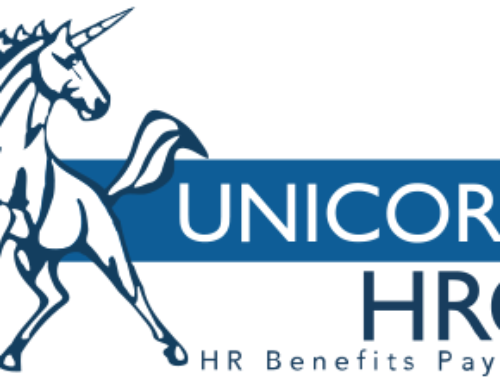The Family and Medical Leave act or FMLA, was established to provide a minimum amount of leave for families who meet certain criteria. Under this act, employees are eligible to take 12 weeks of unpaid leave within a 12 month period. The FMLA applies to companies with 50 or more employees, including companies with a total of 50 employees across more than one location. To be eligible, the locations must be located within a 75 mile radius of each other and the 50 employees must have been employed and on an employer’s payroll for 20 weeks or more. To be eligible to apply for FMLA, an employee must have been employed for 12 months or for a minimum of 1,250 hours. These hours need not be consecutive, but there must not have been a gap in employment over 7 years.
To meet criteria for FMLA, employees’ must have a legitimate health or caregiving reason. Although criteria can vary by state, a serious health condition is considered to be one in which the employee requires an overnight stay in a hospital or is experiencing chronic illness requiring ongoing medical care, including multiple doctors’ appointments. The illness may also be one which interferes with the employees’ ability to carry out their typical work tasks. A serious health condition must last for a minimum of three consecutive days or employees must be under the care of a doctor requiring at least two visits within a 30 day period or under other forms of ongoing medical care. These criteria apply to either the employee or to a family member for which the employee is carrying out care giving responsibilities. A serious health condition also includes care received under a residential care facility, hospice, incapacity due to pregnancy, prenatal care, a permanent and long-term condition which is not responsive to treatment, and time off for medical treatments as part of their chronic condition.
HR departments must be familiar with the legal requirements required of both employer and employee. There are certain deadlines which both the employer and employee must meet during the process, including when to distribute and send certain pieces of documentation. As employees’ also have the right to take FMLA leave intermittently, this can complicate the tracking process in addition to potentially disrupting work scheduling. As a result, many HR software solution vendors have developed FMLA tracking functions which allow employers to carefully monitor the amount of time employees spend in FMLA, enabling them to record FMLA allowances and coordinate their return to work. These solutions also provide reminders of important deadlines, allow methods for recording employee data, including medical certifications which can be easily stored and accessed in one centralized file. They also provide templates for standardized documentation and forms to to be used during the process, reducing time spent by HR staff manually creating similar templates.
These options can help to streamline the FMLA process, as well as help HR staff and employees to plan and record in advance how FMLA is to be taken. This form of planning can greatly prevent disruption to the workforce and ensure that both employer and employee are compliant with the legal requirements, rights and responsibilities under the FMLA process.



